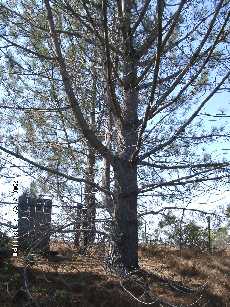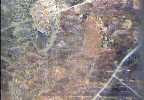
|
|
There's something edible down here! White roots with lateral branches grow
among various stained areas suggesting microbial activity.
|
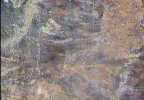
|
|
Zoom in on bacterial clumps in the foreground.
|

|
|
Zoom in on lateral root branch...notice the fine root hairs.
|
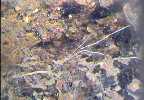
|
|
Fine roots. Notice the sandy texture of the soil.
|
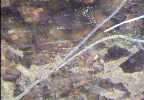
|
|
Zoom in on fine roots from above...notice long, wispy web of structures
radiating from roots at the right of the screen. These could be root hairs or
thick "cables" of fungal hyphae.
|
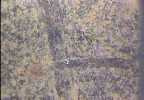
|
|
Former roots? Roots often die when they have exhausted the nutrients in
the "halo" of soil around the root. Decomposers quickly consume the dead tissue.
|
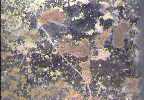
|
|
Advanced root hair development.
|
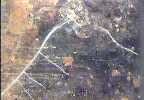
|
|
Half zoom on above image.
|
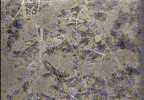
|
|
This network of fine roots indicates an area that is being actively
"mined" for nutrients.
|
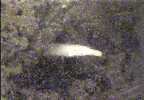
|
|
Bright white fleshy root tip.
|
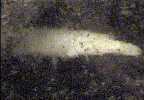
|
|
Zoom in on above root tip. The tip of a growing root is like a drill bit,
with a cap of mucilage and root cells to protect the meristematic tissue from
damage.
|
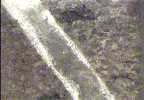
|
|
Mystery shot! Is this an almost-decomposed root?
|
